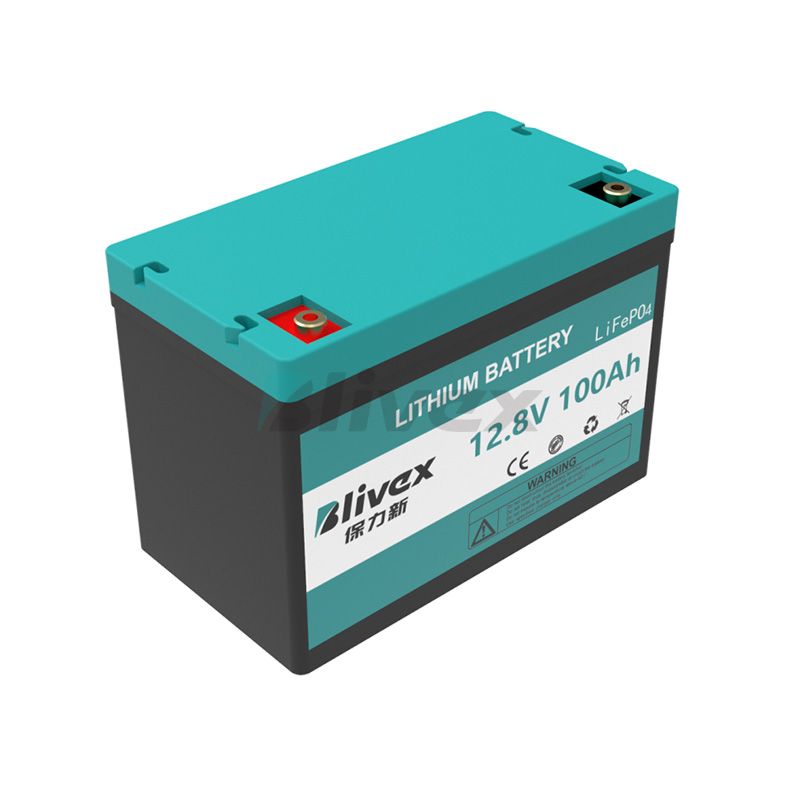The lifespan of a LiFePO4 (Lithium Iron Phosphate) battery depends on several factors, including its usage patterns, operating conditions, and maintenance practices. However, in general, LiFePO4 batteries are known for their exceptional longevity when compared to other lithium-ion battery chemistries. Let's explore the typical lifespan and factors influencing it:

1. Typical Lifespan
LiFePO4 batteries have an average lifespan of around 2,000 to 3,000 charge-discharge cycles. A charge-discharge cycle refers to the process of charging the battery to its full capacity and then discharging it completely. It is important to note that one cycle can be a full 100% discharge or two 50% discharges, as long as they add up to one full cycle.
2. Depth of Discharge (DoD)
The depth of discharge (DoD) plays a significant role in determining the battery's lifespan. The DoD refers to the percentage of the battery's capacity that is used during each discharge cycle. Shallower discharges, where only a small portion of the battery's capacity is used, tend to extend the battery's overall lifespan.
For example, if a LiFePO4 battery is consistently discharged to 80% of its capacity (leaving 20% charge remaining), it will last longer than if it were regularly discharged to 100% of its capacity.
3. Charging Practices
Proper charging practices are crucial for maximizing the lifespan of Lithium LiFePo4 Power Battery. Overcharging and undercharging can be detrimental to the battery's health.
3.1. Overcharging
Overcharging occurs when the battery is left connected to the charger even after it has reached its full capacity. This can cause stress on the battery cells, leading to capacity loss over time.
3.2. Undercharging
On the other hand, undercharging the battery, by not fully charging it during each cycle, can result in imbalanced cell voltages and reduced overall capacity.
To optimize the battery's lifespan, it is recommended to use chargers equipped with a Battery Management System (BMS) that prevents overcharging and undercharging.
4. Temperature Considerations
Temperature significantly impacts the performance and lifespan of LiFePO4 batteries. These batteries perform optimally within a moderate temperature range, typically between 20°C to 25°C (68°F to 77°F). Extreme temperatures, either too high or too low, can accelerate capacity degradation and reduce the number of charge-discharge cycles the battery can withstand.
5. Maintenance and Care
Regular maintenance and proper care are essential for ensuring the longevity of LiFePO4 batteries. This includes:
5.1. Storage
If the LiFePO4 battery is not in use for an extended period, it should be stored in a cool and dry place, ideally at around 50% state of charge. Storing the battery at either full charge or empty state can lead to capacity loss.
5.2. Cleaning
Keeping the battery and its terminals clean from dust, dirt, and corrosion can help maintain proper electrical connections and overall battery health.
5.3. Balancing
Periodically balancing the individual cells within the Lithium battery ensures that they discharge and charge uniformly, preventing capacity imbalances and extending the battery's overall lifespan.
Conclusion
In conclusion, the lifespan of a LiFePO4 battery can vary depending on usage patterns, charging practices, temperature, and maintenance. With proper care and attention to best practices, these batteries can provide thousands of charge-discharge cycles and deliver reliable performance over an extended period. For businesses and consumers seeking a durable and long-lasting energy storage solution, LiFePO4 batteries remain an excellent choice.





Comments
All Comments ( 0 )